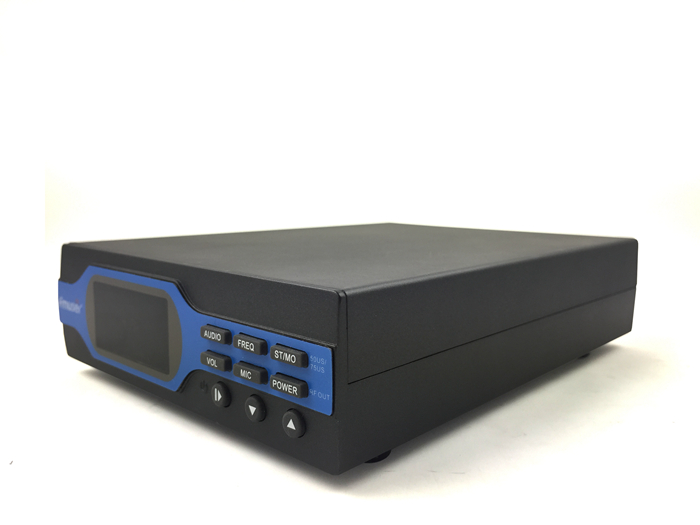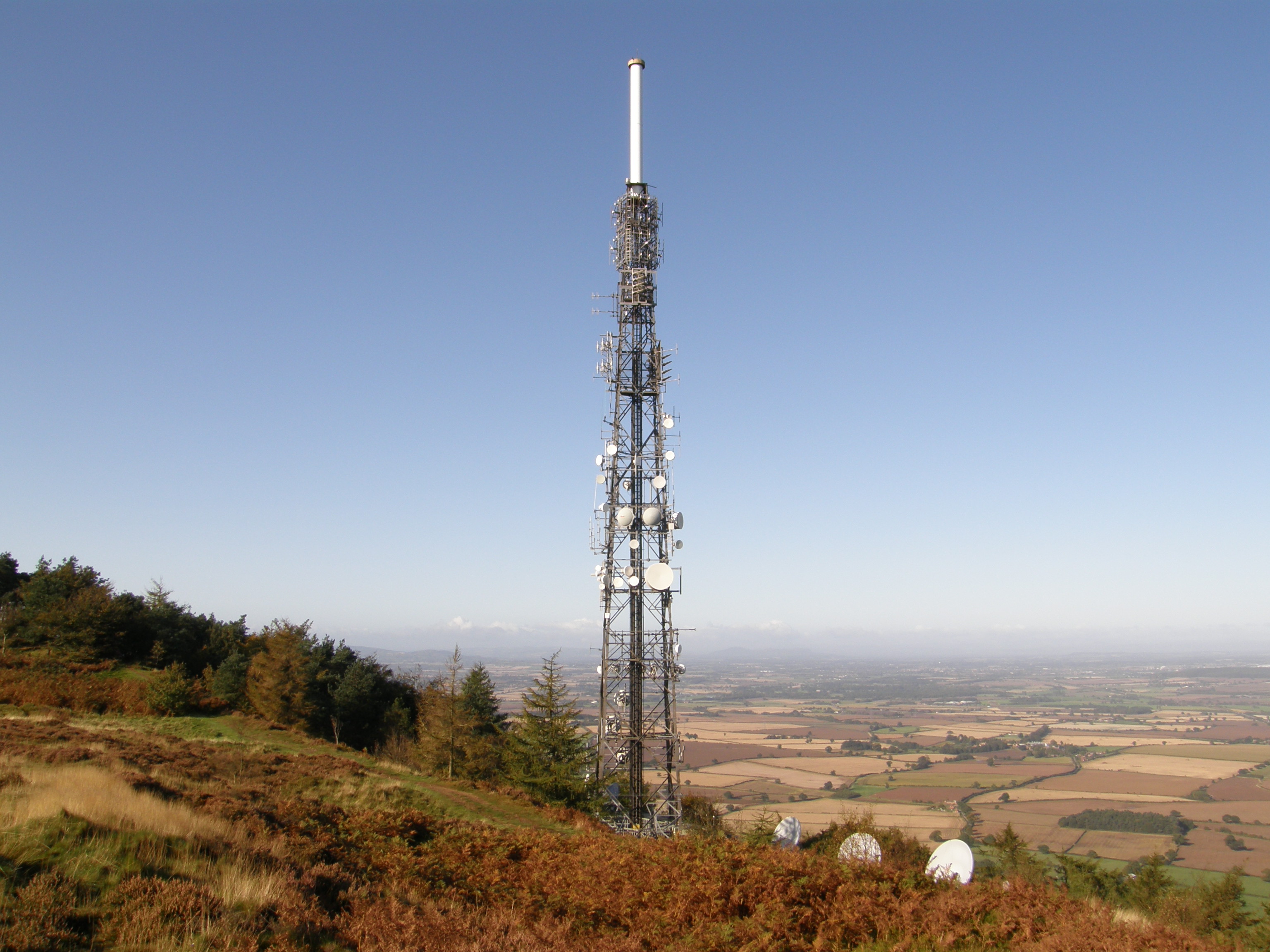Products Category
- FM Transmitter
- 0-50w 50w-1000w 2kw-10kw 10kw+
- TV Transmitter
- 0-50w 50-1kw 2kw-10kw
- FM Antenna
- TV Antenna
- Antenna Accessory
- Cable Connector Power Splitter Dummy Load
- RF Transistor
- Power Supply
- Audio Equipments
- DTV Front End Equipment
- Link System
- STL system Microwave Link system
- FM Radio
- Power Meter
- Other Products
- Special for Coronavirus
Products Tags
Fmuser Sites
- es.fmuser.net
- it.fmuser.net
- fr.fmuser.net
- de.fmuser.net
- af.fmuser.net ->Afrikaans
- sq.fmuser.net ->Albanian
- ar.fmuser.net ->Arabic
- hy.fmuser.net ->Armenian
- az.fmuser.net ->Azerbaijani
- eu.fmuser.net ->Basque
- be.fmuser.net ->Belarusian
- bg.fmuser.net ->Bulgarian
- ca.fmuser.net ->Catalan
- zh-CN.fmuser.net ->Chinese (Simplified)
- zh-TW.fmuser.net ->Chinese (Traditional)
- hr.fmuser.net ->Croatian
- cs.fmuser.net ->Czech
- da.fmuser.net ->Danish
- nl.fmuser.net ->Dutch
- et.fmuser.net ->Estonian
- tl.fmuser.net ->Filipino
- fi.fmuser.net ->Finnish
- fr.fmuser.net ->French
- gl.fmuser.net ->Galician
- ka.fmuser.net ->Georgian
- de.fmuser.net ->German
- el.fmuser.net ->Greek
- ht.fmuser.net ->Haitian Creole
- iw.fmuser.net ->Hebrew
- hi.fmuser.net ->Hindi
- hu.fmuser.net ->Hungarian
- is.fmuser.net ->Icelandic
- id.fmuser.net ->Indonesian
- ga.fmuser.net ->Irish
- it.fmuser.net ->Italian
- ja.fmuser.net ->Japanese
- ko.fmuser.net ->Korean
- lv.fmuser.net ->Latvian
- lt.fmuser.net ->Lithuanian
- mk.fmuser.net ->Macedonian
- ms.fmuser.net ->Malay
- mt.fmuser.net ->Maltese
- no.fmuser.net ->Norwegian
- fa.fmuser.net ->Persian
- pl.fmuser.net ->Polish
- pt.fmuser.net ->Portuguese
- ro.fmuser.net ->Romanian
- ru.fmuser.net ->Russian
- sr.fmuser.net ->Serbian
- sk.fmuser.net ->Slovak
- sl.fmuser.net ->Slovenian
- es.fmuser.net ->Spanish
- sw.fmuser.net ->Swahili
- sv.fmuser.net ->Swedish
- th.fmuser.net ->Thai
- tr.fmuser.net ->Turkish
- uk.fmuser.net ->Ukrainian
- ur.fmuser.net ->Urdu
- vi.fmuser.net ->Vietnamese
- cy.fmuser.net ->Welsh
- yi.fmuser.net ->Yiddish
Flexibility Key to New Transmitters, Antennas
March 24, 2016
What they will find in antennas are new broadband products designed to deliver the flexibility needed for the repack; in transmitters, new levels of efficiency and adaptability when compared to their current rigs.
“In this repack, it’s not simply that broadcasters were operating in mode A, and now they need to change channels and continue operating in the same way they were,” says Rich Redmond, GatesAir chief product officer. “RF technology has advanced at an opportune time for the repack. A number of things are converging to allow broadcasters to have some pretty significant benefits.”
Transmitters
For instance, advancements in high-power solid state UHF transmitters are giving broadcasters new opportunities for efficiencies that simply were not available during the DTV transition.
“Broadcasters previously running a two or three tube transmitter, whether it was an IOT or a multi-depressed collector tube, were operating with the only choices they had at a reasonable purchase price and operating cost,” says Redmond.
“Today, our Maxiva line allows broadcasters to have very low cost of ownership and low maintenance in a very modular design with easy-to-replace [power] modules,” he says.

At the 2016 NAB Show, GatesAir will introduce PowerSmart Plus, its latest advancement in high-efficiency transmission for the Maxiva UAXT-12 and UAXT-16 transmitters. The technology helps the transmitters achieve power efficiencies of up to 50% for high-power UHF ATSC operation, says Redmond.
To enable a smooth transition to future ATSC 3.0 operation, GatesAir will present its Maxiva XTE software-defined exciter. “The Maxiva XTE has about 300% more processing power [than current exciters] which not only enables the more complex modulation of ATSC 3.0 but also allows us to have more sophisticated digital pre-correction –part of the secret sauce that works with the transmitter to give it its high efficiency,” says Redmond.
At Hitachi-Comark, the strategy is to provide broadcasters with an unfolding set of transmitter options staged to match their evolving needs, says company president and CEO Dick Fiore. For instance, the company began with the development of its Parallax transmitter system, which uses advanced solid state LDMOS FET technology and “cutting edge transmitter designs” to “provide broadcasters with a UHF transmitter that will meet all of the requirements for the repack and the transition into ATSC 3.0,” says Fiore.
At last year’s gathering in Las Vegas, the company showed a prototype of the transmitter. This year, the company will present a full design, says Fiore.
Coming on the heels of the UHF model will be a VHF version due out before the end of the year, he says. With the financial incentive the FCC is giving broadcasters to relinquish their UHF channels in favor of VHF, Fiore expects renewed interest in the band.
“We think there will be a major play in VHF,” he says, “but it will come predominantly from non-commercial stations or those in smaller markets that are struggling to maintain profitability where the payoff will be to go high-band or low-band VHF.”
Conversely, Fiore expects major market broadcasters that are part of large networks or station groups to have the financial wherewithal to forego the financial enticement to move to VHF in favor of continued operation in the UHF band. They will do so to be able to “take advantage of everything the future will offer, which we believe is ATSC 3.0,” he says.
Fiore adds that he is optimistic about ATSC 3.0 and the support it is receiving from the consumer electronics community, specifically LG, Samsung and Sony. “We believe consumer electronics manufacturers look at ATSC 3.0 as a real viable technology that offers broadcasters a lot of new opportunities, and they want to be a part of it.”
At the Rohde & Schwarz booth, the focus will be on power efficiency, high-power solid state transmitters, low-power transmitters for future ATSC 3.0 single frequency network deployments, total power output and having transmitters that are “ATSC 3.0-ready,” says Graziano Casale, the company’s North America transmitter account manager.
Total power output, TPO, is particularly important to U.S. broadcasters who must repack with a transmitter that supports a single-carrier system like ATSC 1.0 (A/53), yet anticipate an OFDM modulation scheme in the not-to-distant future, he says.
“When broadcasters buy a transmitter at the end of this year for ATSC, they want to make sure it is ready for ATSC 3.0, but doing so doesn’t only involve considering the exciter,” says Casale. “Another important point is: How much power am I going to get from my transmitter in ATSC 3.0 with OFDM modulation?”
It is not uncommon for a 10 kW ATSC transmitter to deliver only 6.5 kW with OFDM modulation, which means to have the same effective radiated power, ERP, broadcasters may have to over buy for ATSC 1.0 operation,” he says.
“With Rohde & Schwarz, we offer the same TPO in ATSC [single-carrier operation] as in OFDM,” he says.
At the NAB Show, Rohde & Schwarz also will unveil a new low-power OFDM transmitter, the TLU-9, in anticipation of future ATSC 3.0 SFNs. The new transmitter, which delivers up to 200 W in OFDM, will help the company “establish ourselves a little bit ahead of the [ATSC 3.0 SFN] curve,” he says.
Rohde & Schwarz also expects to discuss a new approach to upgrading to ATSC 3.0 transmitter operations at the NAB Show, but Casale declined to provide any details.
Antennas
While flexibility in transmitter design centers on the ability to meet today’s repack requirements while making the future shift to ATSC 3.0 painless, flexibility in antenna design is more focused on enabling the logistics of pulling off the repack.
“I anticipate a lot of the TV antenna manufacturers trying to be ahead of the curve on new products. They will be looking at broadband solutions that are reliable and economical both in the UHF and VHF side of the house,” says Dielectric VP and GM Keith Pelletier.
In the case of Dielectric, those products take the form of the TFU-WB broadband slot antenna for UHF with support for horizontal and elliptical polarization and the new TLSV-BB series of high-band VHF antennas for channel 7-13 with horizontal and elliptical polarization support.
“If a broadcaster is operating on channel 42 today, and tomorrow they need to be operating on channel 18, our UHF broadband standby solution makes that possible -probably lower on the tower.”
Like Hitachi-Comark’s Fiore, Bill Harland, VP of marketing at Electronics Research Inc., ERI., foresees higher demand for low- and high-band VHF than in the past.
“We are introducing a side-mounted high-band VHF antenna, which is primarily targeted for the transitional period when you transition from a UHF to high-band VHF channel,” he says.
The ALV series antenna, available in two-, four- and eight-bay configurations with support for a wide variety of coverage patterns, will give stations a temporary antenna to use while building out their main post-transition antenna, says Harland.
ERI also will remind broadcasters during the NAB Show about the consequences of changing channels on the structural integrity of their towers. “Many customers are going to end up with channels that are lower down the band than they operate on today,” he says. “So the antennas are going to be longer and heavier.”
It will be important to address the structural needs those heavier antennas create and modify towers to handle the larger, lower channel antennas, he adds.
Like Dielectric and ERI, flexibility is top of mind at Radio Frequency Systems, RFS, when it comes to TV antennas to help broadcasters during the repack, says Nick Wymant, RFS CTO, Broadcast Division.
“One of the things we have been working on is broadband temporary antennas that can go up prior to work on the main antenna,” he says. “If the main is not changed out in time, the antennas will allow a broadcaster to continue operating on the its new channel assignment.”
Similarly, RFS’ new PEP antenna arrays are all about flexibility, but in their case that means giving individual broadcasters sharing the array control over its own polarization ratio independent of the decisions its array-mates make, he says.
This week, RFS announced a deal to install PEP96L and PEP40E variable polarization UHF antennas as well as a 662-16D circularly polarized VHF array on The Durst Organization’s One World Trade Center transmission site in New York City.
At the NAB Show, the company will highlight its PEP Lite Antenna series to accommodate combined transmission facilities involving fewer broadcasters than the One World Trade Center site, says Wymant.
RFS also will be touting its newly built U.S. antenna factory in Connecticut, which the company stood up to meet the demand for antennas stemming from the repack.
At the Jampro booth, the focus will be on broadband UHF and VHF antennas that allow for multiple channel operation or RF channel combining and on elliptically and circularly polarized panels for UHF transmission, says company president Alex Perchevitch.
Jampro, which installed the world’s first circularly polarized TV broadcast antenna in the early 1970s on what was at the time the Sears Tower in Chicago, anticipates renewed interest in circularly and elliptically polarized antennas as ATSC 3.0 approaches and the desire to deliver a variety of over-the-air TV services to mobile devices grows.
The company’s broadband slot antennas will also be good temporary antenna solutions not only because of their performance but also their light weight and low wind load, he adds.
Cindy Cavell, a consulting engineer at Cavell Mertz & Associates, which specializes in the type of RF system analysis and design that will be necessary to make the repack a reality, cautions that it is really impossible to state with any degree of certainty that the TV industry, despite its best efforts, can make the deadline.
Cavell should know. She was the lead engineer for Sprint-Nextel during the 2GHz Broadcast Auxiliary Service transition.
“The 2GHz BAS transition was supposed to take 31 months,” she says. “In reality, it took five and a half years.”






